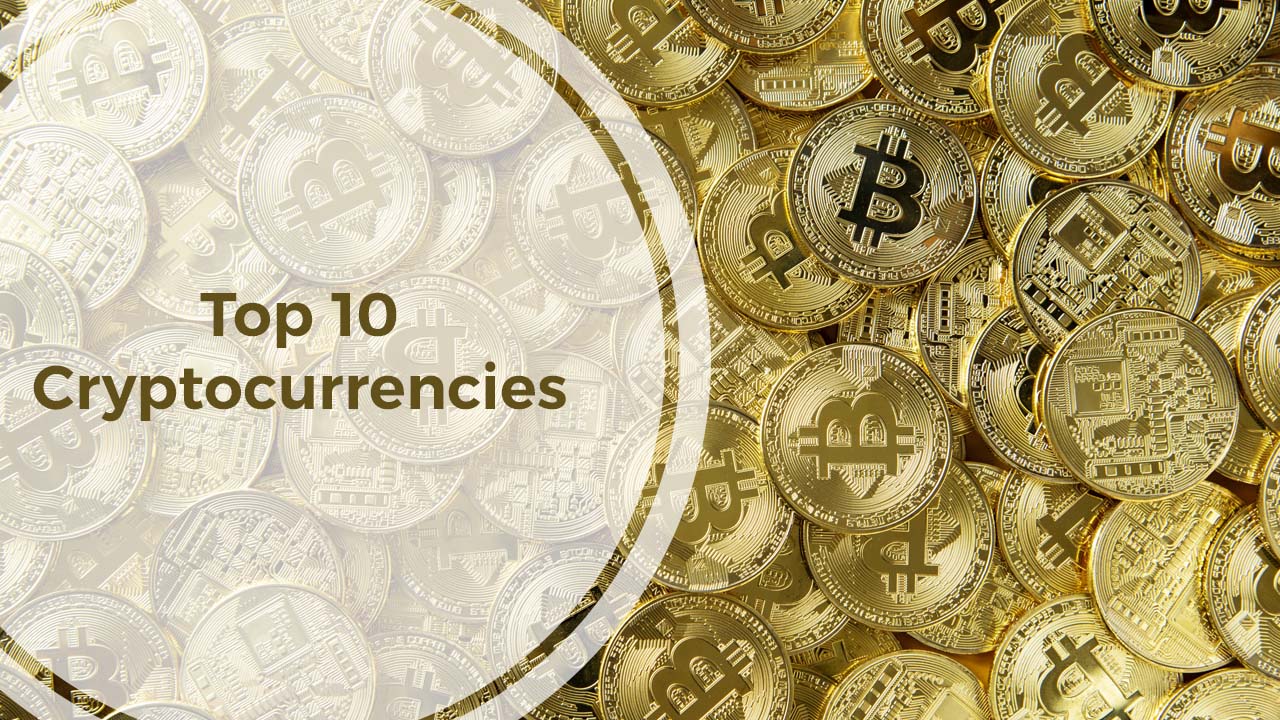What is the market cap of all cryptocurrencies
In developing and emerging markets, digital wallets are increasingly playing the role of a bank account and capturing the large majority of consumers and businesses https://casino-888.org. While these digital wallets are addressing unbanked populations head-on by delivering simple, convenient and affordable experiences, there’s been a disconnect in connecting traditional, card-based payments for international consumers. To help solve this, Mastercard Pay Local was launched to make it possible for cardholders to link their credit or debit cards to a local digital wallet — allowing them to shop at merchants without needing to set up or top up a prepaid account. Digital wallets will continue to evolve into comprehensive platforms, integrating payments, identity, loyalty and even health care — an essential way for people to navigate their daily lives. The leaders will be those who create intuitive, interoperable ecosystems.
There is significant reason to believe that some type of authentication mandate is coming up for the United States though, with card schemes pressuring merchants to adopt 3D Secure and legislators considering following the example of the EU. For example, the Consumer Financial Protection Bureau (CFPB) has heavily hinted at favoring additional authentication on several occasions.
The best technology always wins in payments, because it has to. You can get away with making a bad pizza once in a while. But if your payments system goes down, even for a day, that could be the end of your business.
Cryptocurrencies all
Cryptocurrencies are digital assets that are secured by cryptography. They use decentralized networks to transfer and store value, and the transactions are recorded in a publicly distributed ledger known as the blockchain. Transactions are verified by network nodes and recorded in a public distributed ledger known as the blockchain. Cryptocurrency transactions are secure, and are verified by a decentralized network of computers.
Almost. We have a process that we use to verify assets. Once verified, we create a coin description page like this. The world of crypto now contains many coins and tokens that we feel unable to verify. In those situations, our Dexscan product lists them automatically by taking on-chain data for newly created smart contracts. We do not cover every chain, but at the time of writing we track the top 70 crypto chains, which means that we list more than 97% of all tokens.
Price volatility has long been one of the features of the cryptocurrency market. When asset prices move quickly in either direction and the market itself is relatively thin, it can sometimes be difficult to conduct transactions as might be needed. To overcome this problem, a new type of cryptocurrency tied in value to existing currencies — ranging from the U.S. dollar, other fiats or even other cryptocurrencies — arose. These new cryptocurrency are known as stablecoins, and they can be used for a multitude of purposes due to their stability.
In January 2024 the SEC approved 11 exchange traded funds to invest in Bitcoin. There were already a number of Bitcoin ETFs available in other countries, but this change allowed them to be available to retail investors in the United States. This opens the way for a much wider range of investors to be able to add some exposure to cryptocurrency in their portfolios.
Here at CoinMarketCap, we work very hard to ensure that all the relevant and up-to-date information about cryptocurrencies, coins and tokens can be located in one easily discoverable place. From the very first day, the goal was for the site to be the number one location online for crypto market data, and we work hard to empower our users with our unbiased and accurate information.

Are all cryptocurrencies the same
But it’s not just exchanges either, tokens also made way for more complex platforms supporting swapping, lending, and even crypto derivatives. You can even buy tokenized real-world assets on the blockchain today. Yes–that’s right. There are crypto tokens that represent precious real-world assets such as gold or silver too. These types of tokens are just the tip of the iceberg.
Finally, genuine cryptocurrency systems have mechanisms in place to deal with competing instructions for transferring ownership of units. A genuine crypto system will only execute one of the sets of instructions based on parameters established within its code.
In short, not all coins are secure, not all coins are decentralized and, in fact, some coins don’t have a solid purpose at all. The only feature that links them is being a native coin of a blockchain network, but more often than not, they serve a purpose as some kind of currency.
With Ledger’s ecosystem, you can store and manage both coins and tokens with confidence they are secure while retaining ownership. You can even lend, borrow, and access countless blockchain apps directly within Ledger Live, meaning you don’t need to forfeit custody of your keys to start exploring.
The first token offered by the ERC standard was the ERC-20 token. In short, this fungible token standard allows users to create, issue and manage currencies supported by Ethereum. It actually fueled the ICO craze of 2017, with countless projects launching their own tokens on the blockchain. Since then, the standard has only expanded, adding ERC-721 tokens (non-fungible tokens) and ERC-1155 tokens (semi-fungible tokens) too.
Stablecoins are cryptocurrencies designed to maintain a fixed value by being pegged to traditional assets like fiat currencies. They offer stability in a market known for volatility, making them ideal for trading, transferring value, and preserving capital. Although built on blockchain networks, stablecoins are more commonly used for practical financial purposes rather than speculative investment.

Comentários